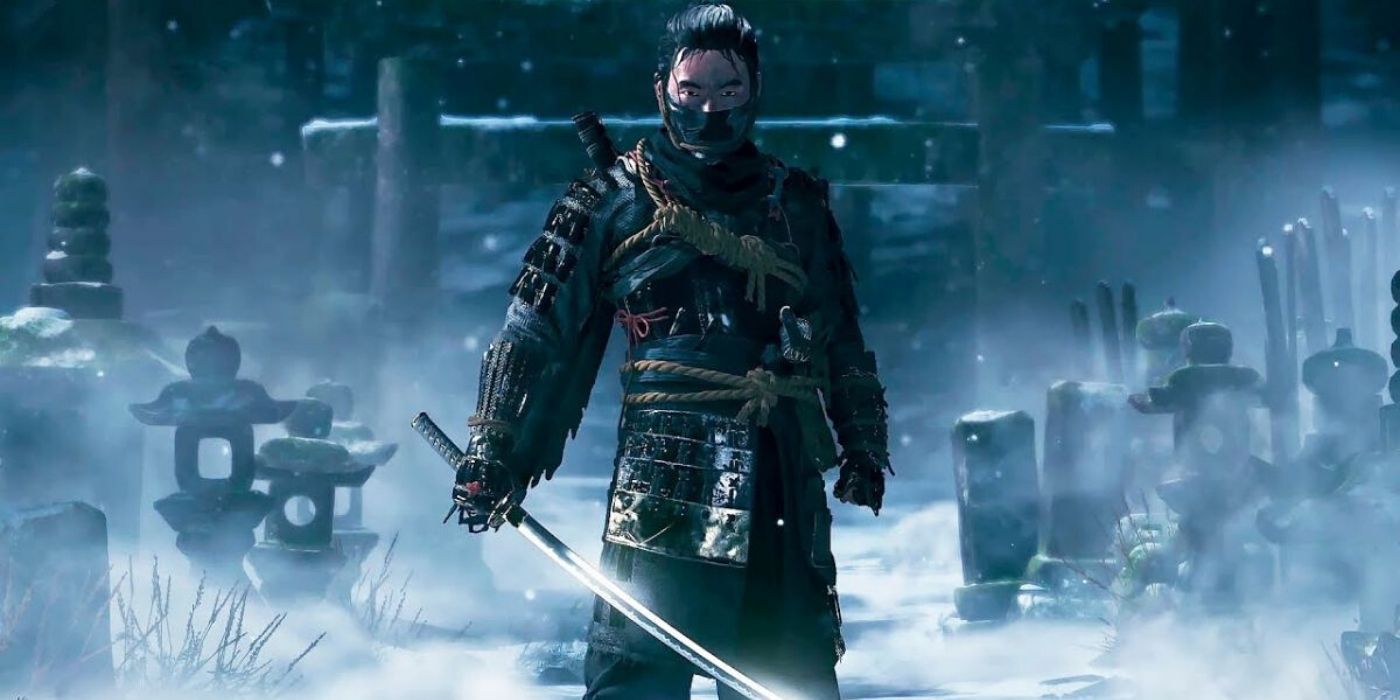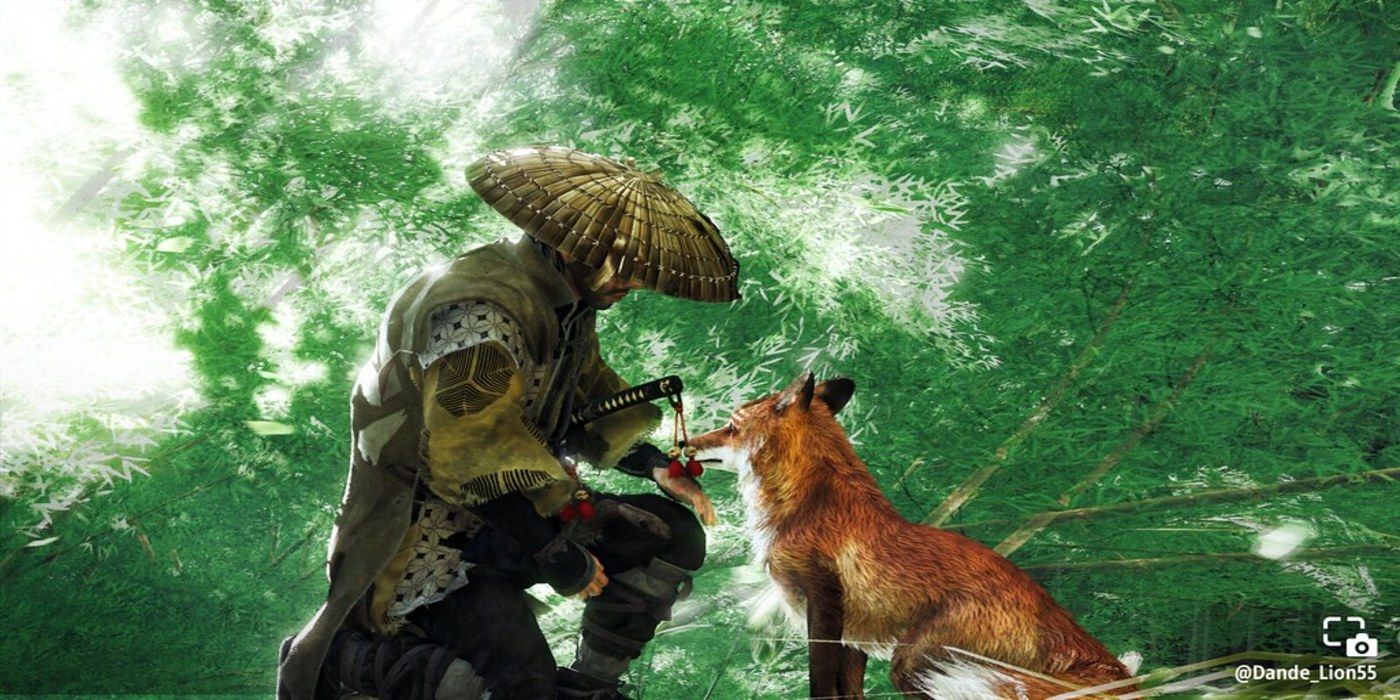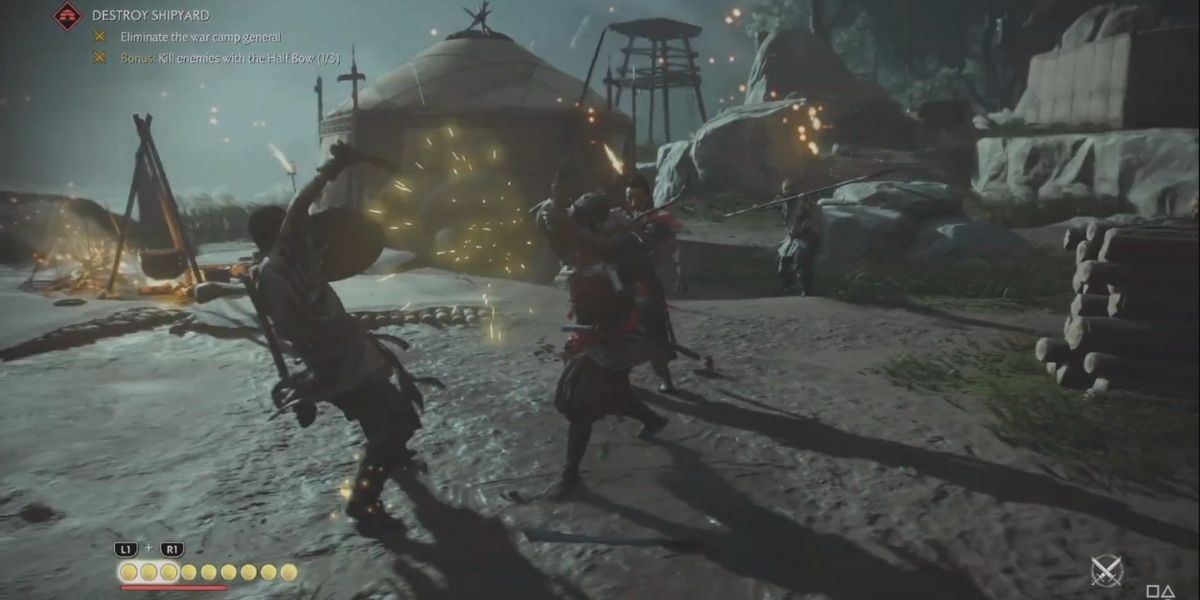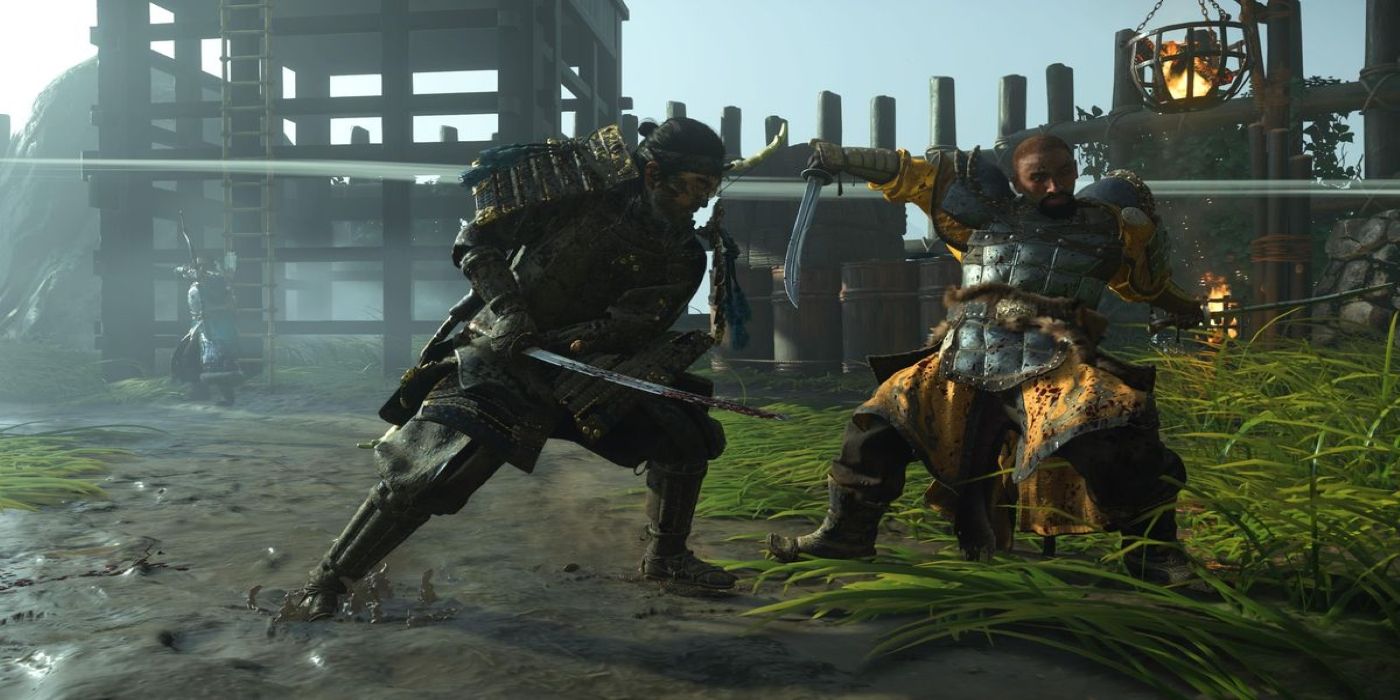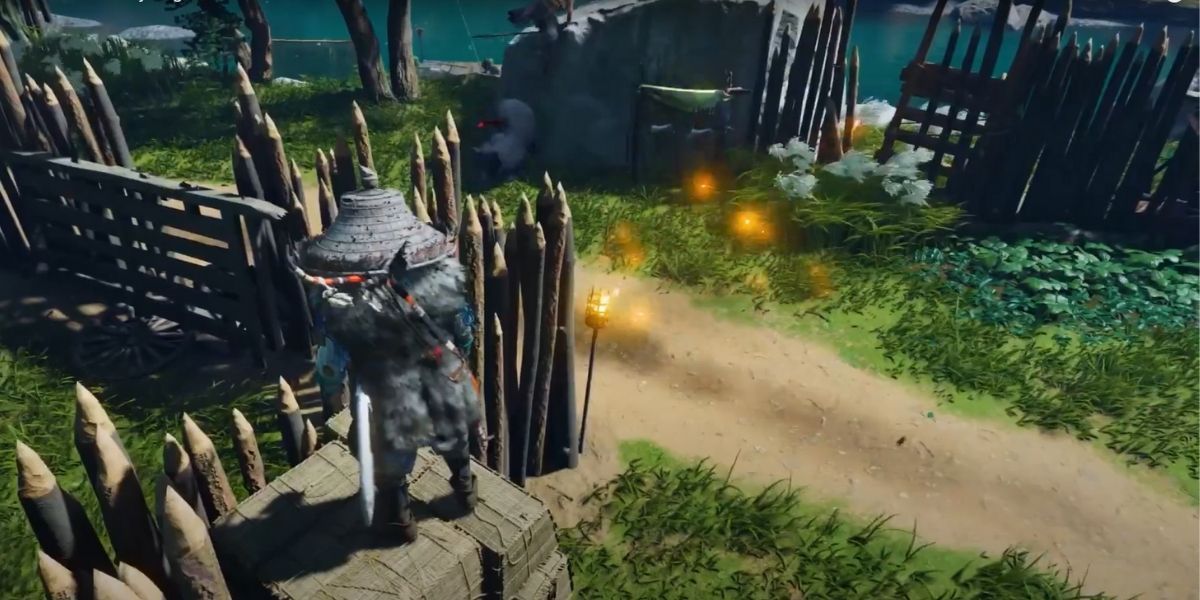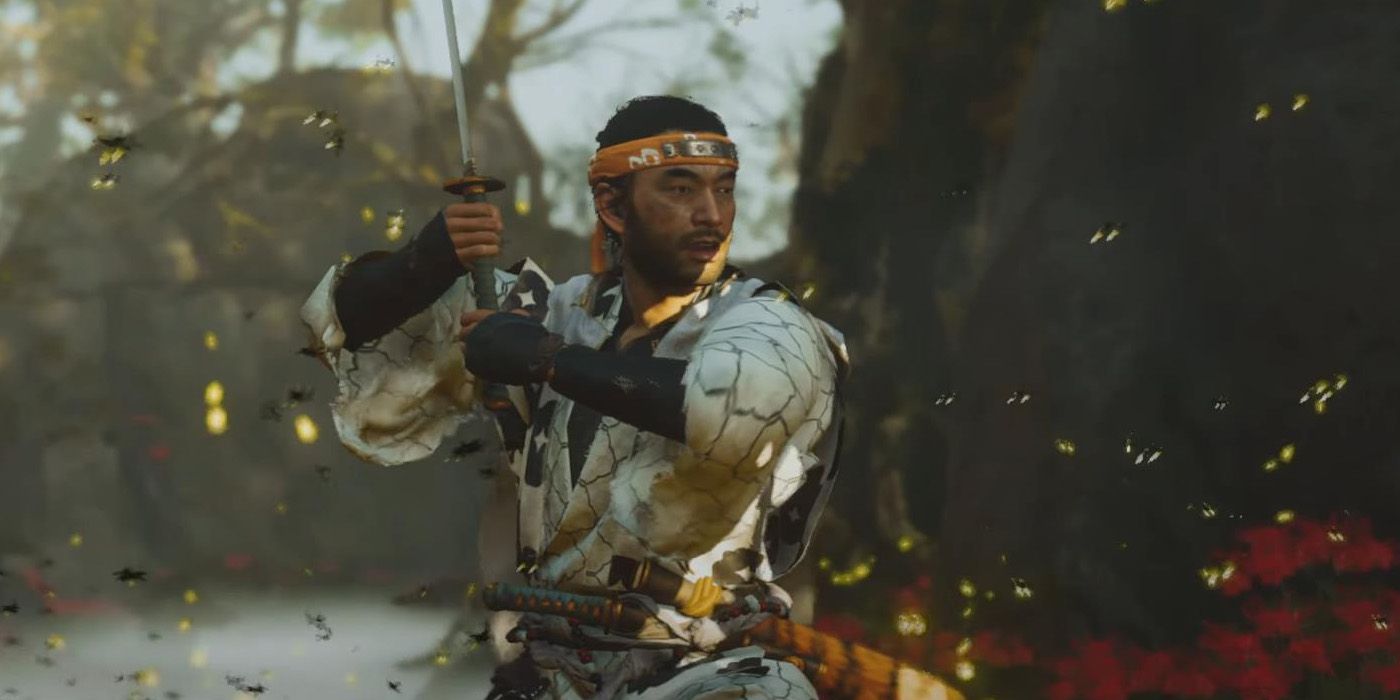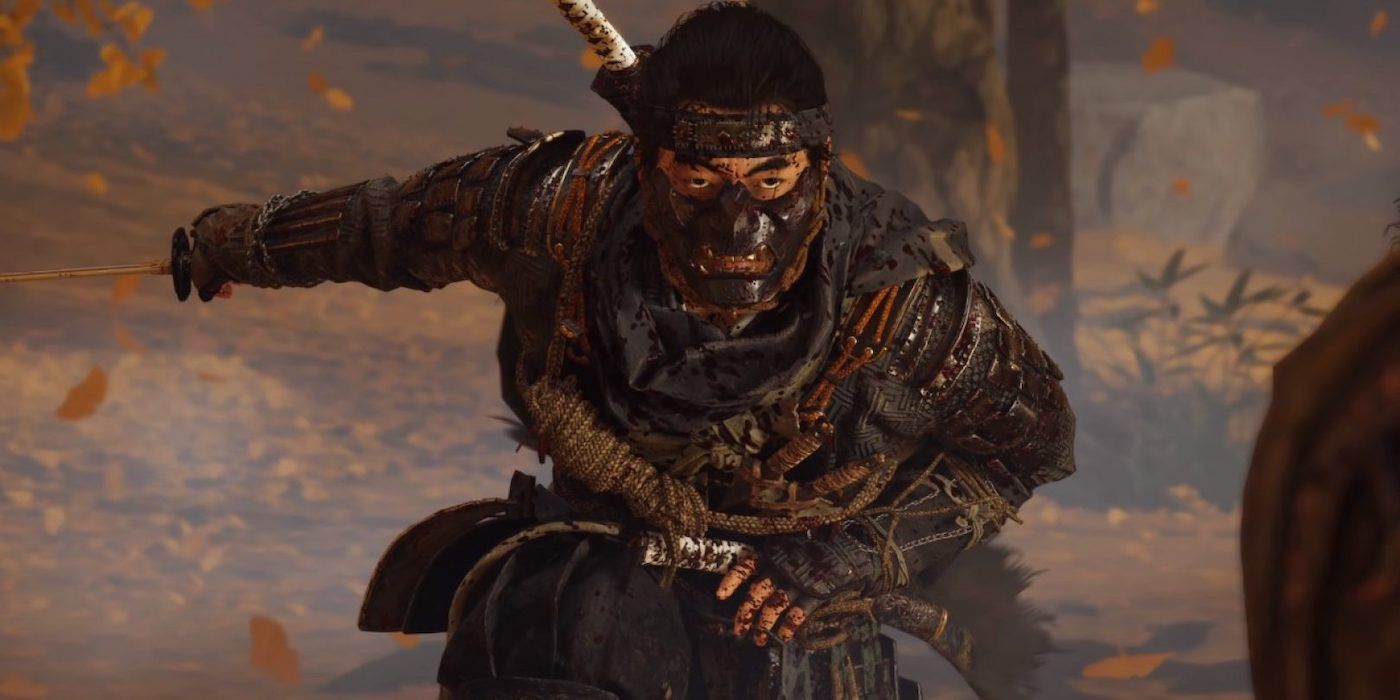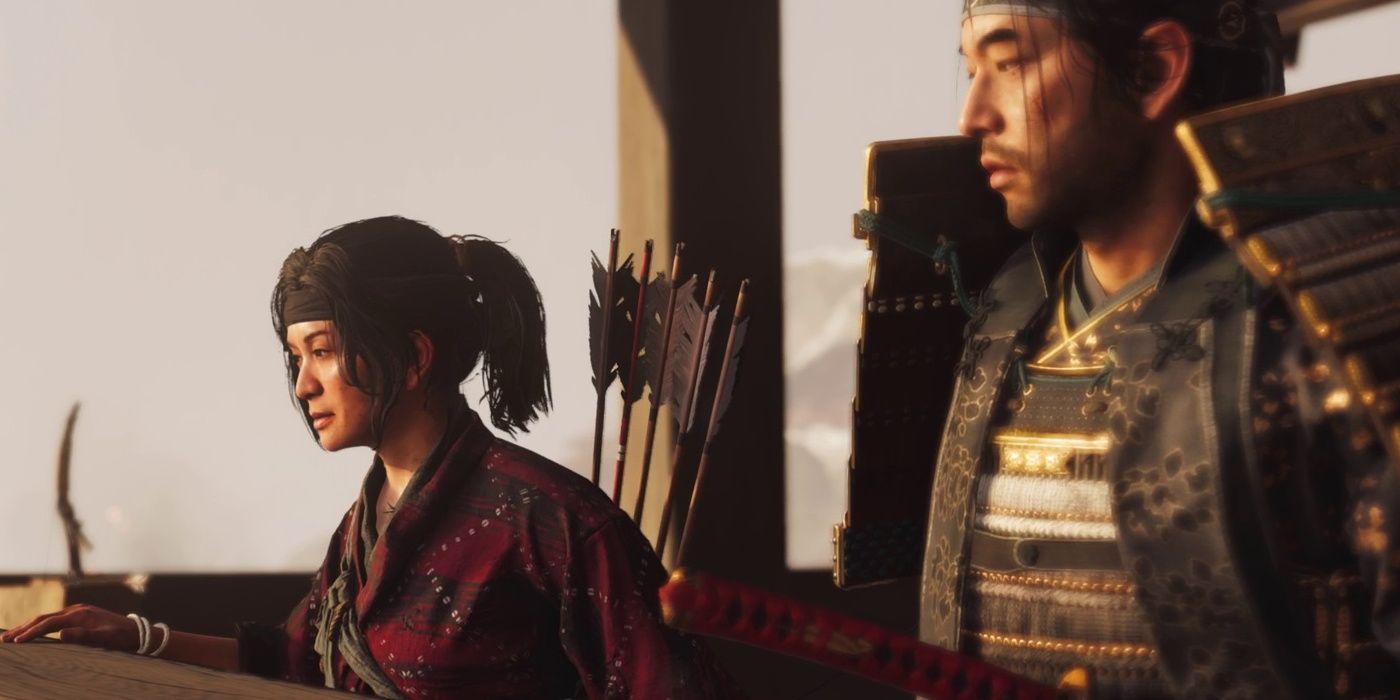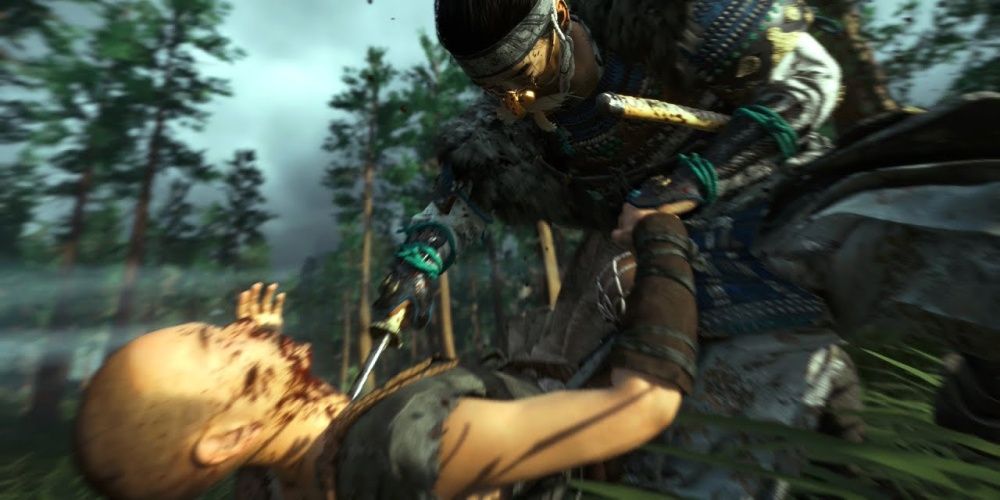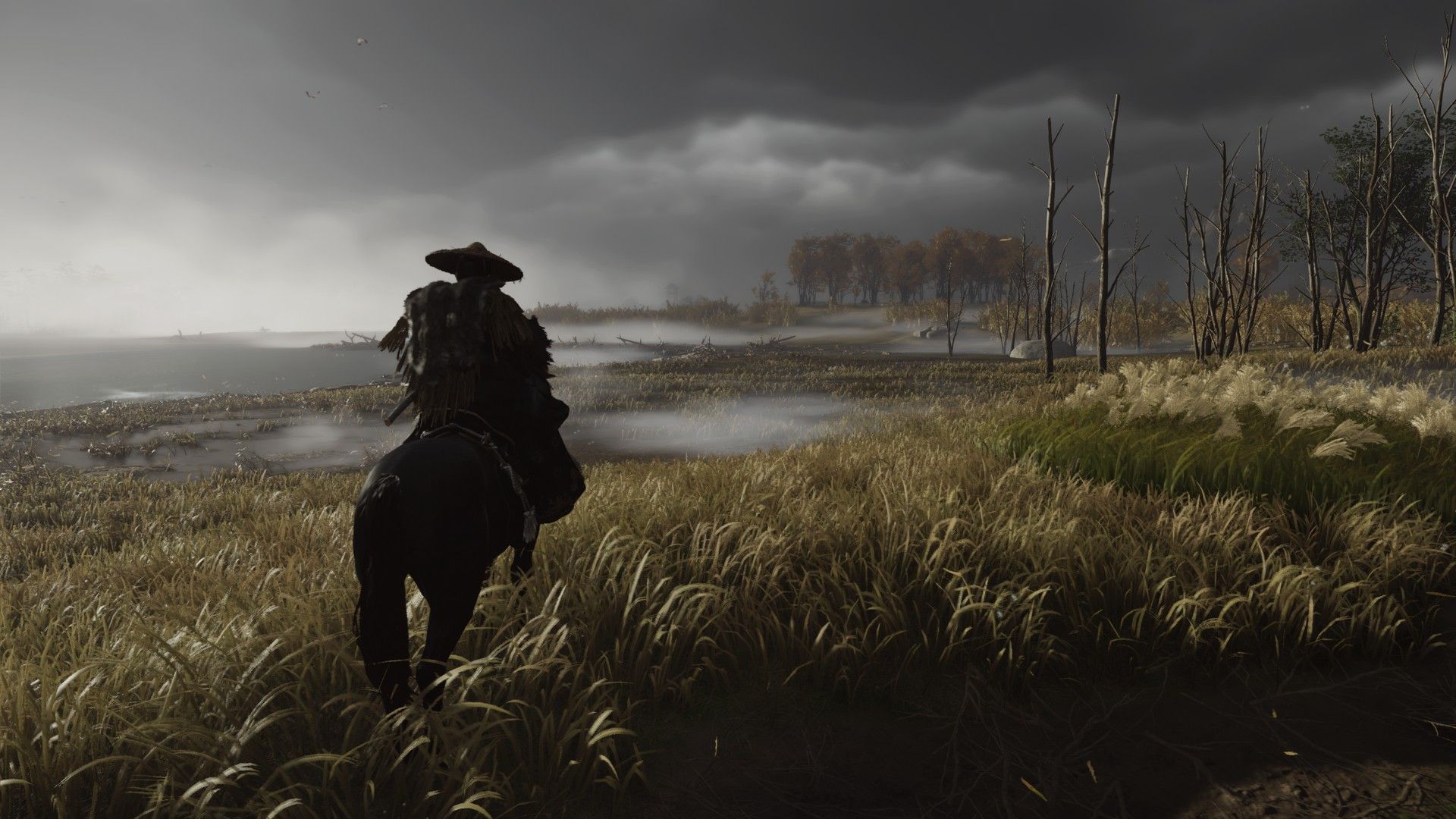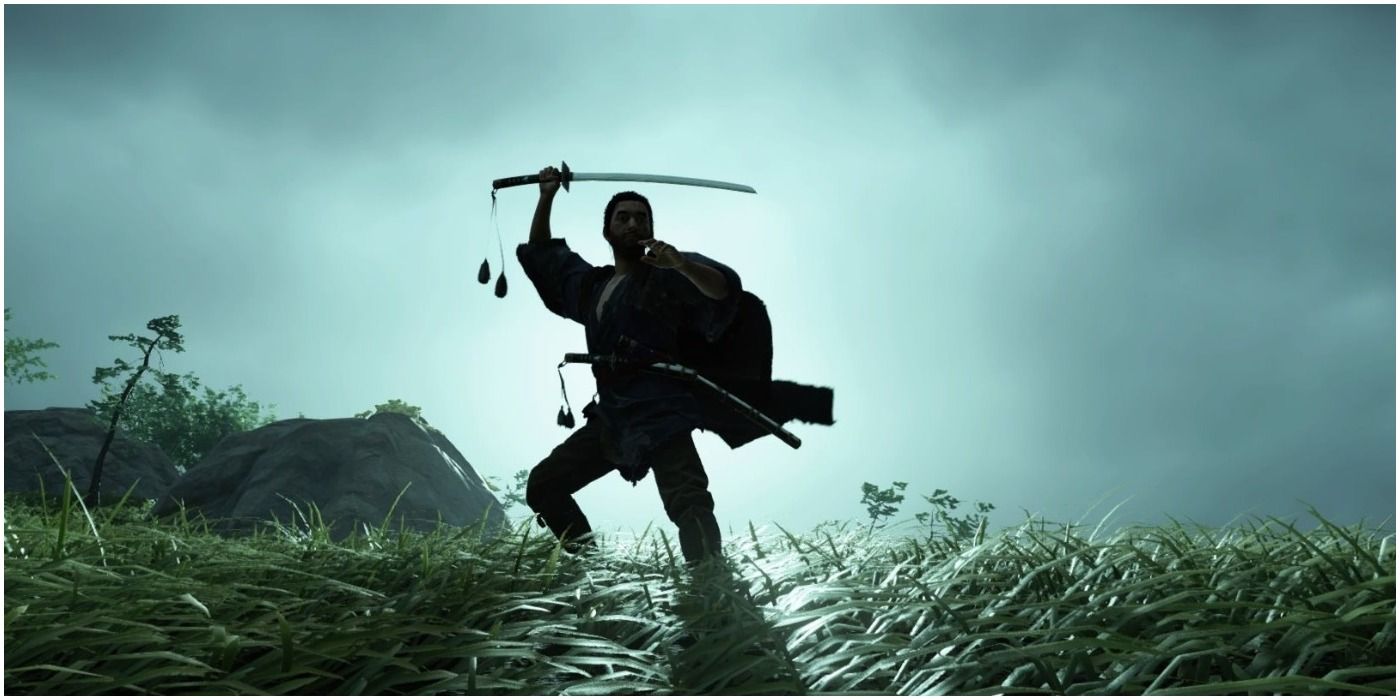It's rare that a game has enough historical accuracy to catch the attention of historians, but Ghost of Tsushima has managed to do that, and so much more. A visual masterpiece, this RPG has captured the hearts and minds of those who appreciate both video games and Japanese history alike, with the highly-coveted and well-respected code of the Samurai as one of its main features.
Also known as Bushido or the Eight Virtues of the Samurai, the promise that one would serve and give their life for their cause is not one that's new to Japan or military history. But has Ghost of Tsushima held up its end of the bargain in terms of what would have occurred during Jin's era?
10 The Game Takes Place During The Kamakura Era, Which Is Historically Accurate For Samurai
Sucker Punch put plenty of effort into understanding and recreating the historical period that Jin's story takes place in. With that being said, the era the game refers to is called the Kamakura Era, according to TechRaptor. During this time, the Mongols waged war on Tsushima and it's a time during Japanese history that's often overlooked in comparison to other eras when Samurai were active. Although it was a crucial part of Japanese history, the invasion of the Mongols during the Kamakura Era hadn't received much attention until Ghost of Tsushima.
9 Frequent Enemy Sightings, And The Sheer Number Of Mongols, Would Have Echoed Real Life
Those playing the game may have noticed that there were many enemy sightings and when Jin is pitted against the Mongols, it's usually not a one-and-done situation. There are many that he must battle with, and the sheer strength in numbers of the Mongols wasn't just for gaming content. In reality, the Mongols were all over Tsushima, which was very isolated from the mainland of Japan, making it an easy location to invade and gain quick control of.
8 One-On-One Duels Were Common As Japan, And Tsushima, Depended On These Tactics
It's no secret that Japan's early military tactics were bolstered with that of the Samurai techniques, and one-on-one duels would not have been uncommon. While the Mongols were far superior to the Japanese in every way that counted, Japanese warriors would have had access to archery equipment and melee weapons, which would have gained them some of an edge with the use of mounted horses. Therefore, the weapons (excluding the katana, unfortunately) and techniques that Jin starts out with early on in the game would have been fairly accurate.
7 The Use Of Gunpowder And Advanced Weapons Would Have Been Learned From The Mongols
In speaking to the superiority of the Mongols, gunpowder is something that they would have introduced to the Japanese, but not intentionally. Their use of explosives was far advanced and in the game, this is also accurate, as the first archery mission Jin sets out on requires the player to shoot barrels full of explosives. This matchup between old-world weapons and semi-modern technology is another representation of how powerful the Mongols were in Tsushima.
6 Bansenshūkai, Or Tools Of The Ninja, Could Have Been Something Jin Would Have Learned
It's said that there were thousands of Mongols to Japan's hundreds of Samurai, which meant that any technique the Samurai could learn would have given them an edge in combat. Some have commented on the distinction between ninja-style fighting (known as ninjutsu) and the Samurai technique. In reality, there is no distinction between the two and, according to The Sixth Axis, Jin would have been a samurai using stealth methods, ninjutsu, in his Samurai tactics, with one being a style and the other being a job class. It's entirely historically accurate that these stealth methods could have been something Jin would have learned early on.
5 The Samurai Code Was Just As Much A Law For Life
While the game does play on the emotional aspect of Jin's past and how his losses have shaped who he is, the Samurai Code is something that he honors throughout much of the game. Even when he deviates from what the life of a Samurai tells him to do (more about that later) his potential for regret or remorse speaks volumes to the honor and loyalty that Samurai lived and died by. The Bushido Code teaches eight virtues, according to Bushido: The Soul of Japan: Justice or rectitude, courage, mercy or benevolence, politeness, honesty and sincerity, honor, loyalty, and character and self-control.
4 Jin's Actions Could Have Represented The Divide That Led To The Fall Of Samurai
Jin faces a hefty inner conflict throughout the game and further toward the end when his actions, and what he feels is right, go against the code of the Samurai. While this feels like personal liberty on the part of Sucker Punch, there is potential for Jin to represent the Kamakura Shogunate, according to TechRaptor, as compromising the code for the good of Tsushima is something many Samurai may have felt. Interestingly enough, this could have attributed to the fall of the Samurai hierarchy, although it is theoretical.
3 Mercy Killings Would Have Been Part Of The Samurai Code
One of those eight virtues is classified as mercy or benevolence. The Eight Virtues of the Samurai teaches that a balance must be met; when a man has the capacity to kill another, he must also have the ability to demonstrate mercy or benevolence to others as well. Many times in Ghost of Tsushima, Jin is seen partaking in mercy killings — historically, this was done to prevent further suffering of a dying person, as they likely would have fallen victim to gangrene. However, it's also written in the code.
2 Fighting In Inclement Weather Wasn't Just For Show, It Was A Reality In Tsushima
There were many factors that came into play during the Mongol invasion of Tsushima. One thing that's made blatantly clear is that the weather can change in an instant and, many times, heavy rain is a major factor. While monsoon-level rains did add some level of drama to Jin's boss fights, monsoons were not uncommon in this region and would have in fact given the Samurai an edge over the Mongols, who wouldn't have been as comfortable with those conditions.
1 Jin's Elemental Stances Have Roots In Martial Arts
There has been much controversy over whether or not Jin's stances and moves have any historical accuracy. It's fair to say that they're inspired by, but not fully, rooted in classic Samurai combat, as his motions are usually slightly off from what would have transpired in real life. However, his elemental stances do resemble real martial arts styles but without all of the alternative options that the game provides you with.

